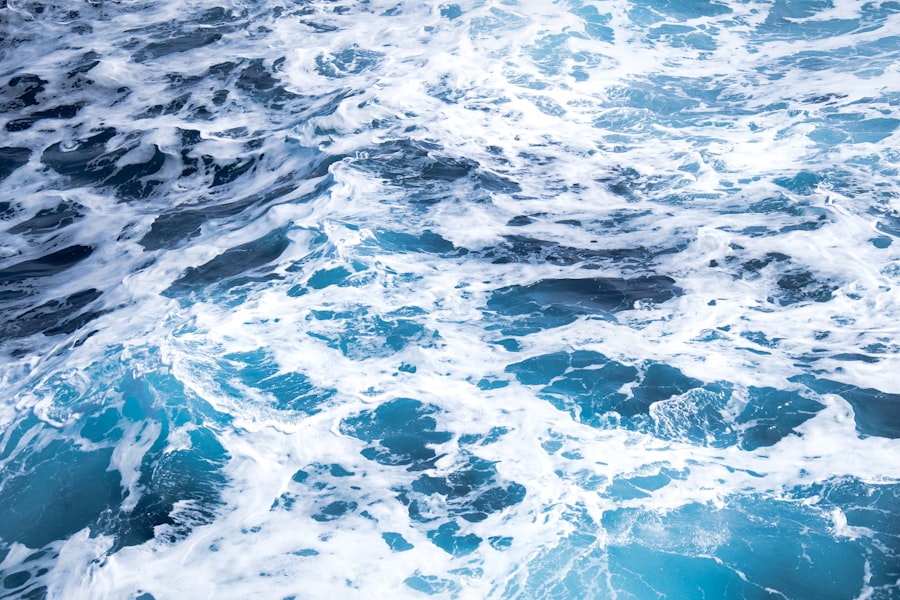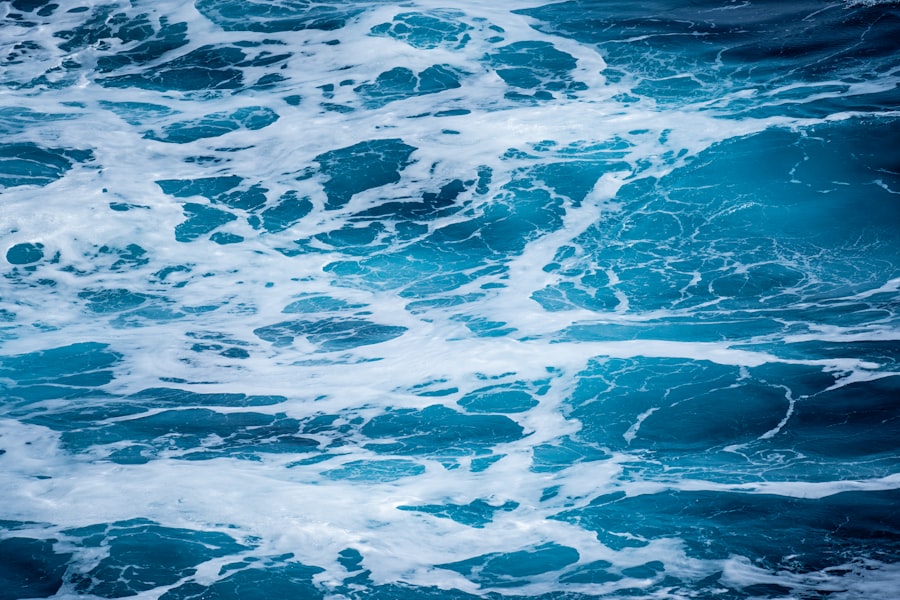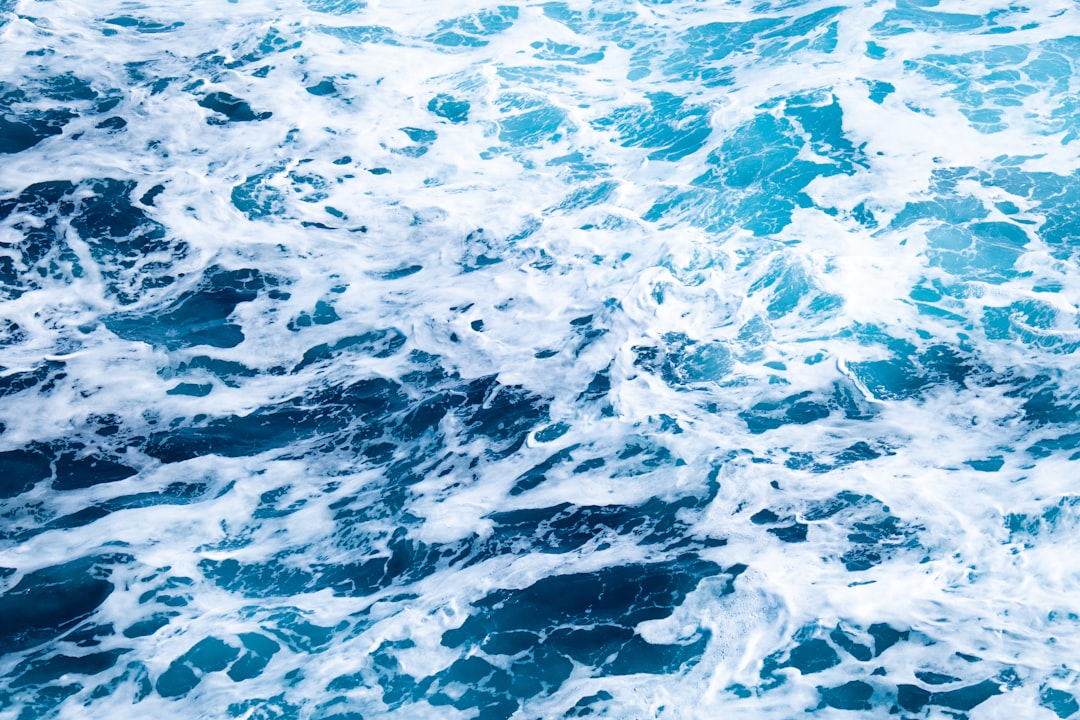The Drake Passage, a body of water situated between the southern tip of South America and Antarctica, serves as a critical maritime corridor connecting the Atlantic and Pacific Oceans. Named after the English explorer Sir Francis Drake, who navigated these treacherous waters in the late 16th century, the passage is renowned for its tumultuous seas and unpredictable weather. Stretching approximately 600 kilometers (370 miles) wide, it is often regarded as one of the most challenging maritime routes in the world.
The passage not only plays a vital role in global shipping and trade but also serves as a gateway for adventurers and researchers seeking to explore the pristine wilderness of Antarctica. The significance of the Drake Passage extends beyond its geographical location; it is a vital ecological zone that influences ocean currents and climate patterns. The confluence of warm and cold waters creates a unique marine environment that supports a diverse array of wildlife.
For many travelers, crossing the Drake Passage is not merely a logistical necessity but an adventure in itself, filled with the promise of breathtaking landscapes and encounters with remarkable marine life. As such, the passage has become a focal point for both scientific research and tourism, drawing individuals eager to experience its raw beauty and formidable challenges.
Key Takeaways
- The Drake Passage is a body of water between South America’s Cape Horn and the South Shetland Islands of Antarctica, known for its challenging sailing conditions.
- The Drake Passage has a rich historical significance as it was named after the English explorer Sir Francis Drake and has been a key route for explorers and sailors for centuries.
- The geographic features of the Drake Passage include strong winds, large waves, and the Antarctic Convergence, which is the meeting point of cold Antarctic waters and warmer sub-Antarctic waters.
- Navigating the Drake Passage poses weather challenges such as strong winds, rough seas, and icebergs, making it one of the most challenging maritime routes in the world.
- The Drake Passage is home to diverse wildlife and marine life, including penguins, seals, whales, and a variety of seabirds, making it a popular destination for wildlife enthusiasts and researchers.
Historical significance of the Drake Passage
Historically, the Drake Passage has been a site of exploration and discovery, shaping the course of maritime navigation. In the late 1500s, Sir Francis Drake became one of the first Europeans to traverse these waters, marking a significant moment in the Age of Exploration. His journey not only demonstrated the feasibility of navigating around South America but also opened up new trade routes that would later be exploited by other explorers and merchants.
The passage became a crucial link for those seeking to access the riches of the Pacific, leading to an increase in maritime traffic and exploration in subsequent centuries. The passage’s historical importance is further underscored by its role during various naval conflicts and expeditions. Throughout the 19th and 20th centuries, it served as a strategic route for whalers, sealers, and scientific expeditions venturing into Antarctic waters.
The harsh conditions of the Drake Passage have tested countless sailors and adventurers, leading to numerous tales of bravery and survival. These stories have contributed to the passage’s legendary status, making it a symbol of human resilience against nature’s formidable forces.
Geographic features of the Drake Passage

Geographically, the Drake Passage is characterized by its deep waters and rugged topography. The seafloor features a series of underwater ridges and valleys that contribute to its complex hydrology. The passage is bordered by Cape Horn to the north and the South Shetland Islands to the south, creating a natural funnel that intensifies ocean currents.
This unique configuration results in some of the most turbulent seas on Earth, with waves that can reach heights of over 30 feet during storms. The geographic features of the Drake Passage also play a significant role in its ecological diversity. The mixing of cold Antarctic waters with warmer currents from the north creates nutrient-rich upwellings that support a vibrant marine ecosystem.
This dynamic environment fosters an abundance of phytoplankton, which serves as the foundation for the food web, attracting various species of fish, seabirds, and marine mammals. The interplay between geography and ecology makes the Drake Passage a fascinating area for scientific study and exploration.
Weather patterns and challenges of navigating the Drake Passage
| Weather Pattern | Challenges |
|---|---|
| Strong Winds | Difficulties in maintaining course and stability |
| Heavy Swells | Potential for sea sickness and ship instability |
| Low Visibility | Difficulty in navigating and spotting hazards |
| Icebergs | Risk of collision and damage to vessels |
Navigating the Drake Passage presents numerous challenges due to its notoriously unpredictable weather patterns. The region is known for its fierce storms, high winds, and rapidly changing conditions, which can create hazardous situations for even the most experienced mariners. The convergence of cold polar air from Antarctica and warmer air from the north often leads to violent squalls and turbulent seas.
As a result, vessels traversing this passage must be prepared for sudden shifts in weather that can occur without warning. The challenges posed by the weather are compounded by the passage’s strong currents and tides. The Antarctic Circumpolar Current flows through the Drake Passage, creating powerful eddies and whirlpools that can affect navigation.
Sailors must possess not only skill but also an intimate knowledge of these conditions to ensure safe passage. Many vessels employ advanced weather forecasting technology to monitor conditions in real-time, allowing them to make informed decisions about their routes and timing.
Wildlife and marine life in the Drake Passage
The Drake Passage is home to an astonishing array of wildlife, making it one of the most biodiverse marine environments on the planet.
Among the most iconic inhabitants are humpback whales, orcas, and blue whales, which can often be spotted during their migratory journeys through these waters.
In addition to marine mammals, the passage is teeming with seabirds such as albatrosses and petrels that glide gracefully above the waves. These birds are well adapted to life at sea, often traveling vast distances in search of food. The presence of such diverse wildlife not only enhances the ecological significance of the Drake Passage but also attracts researchers and nature enthusiasts eager to observe these magnificent creatures in their natural habitat.
Popular routes and destinations through the Drake Passage

For travelers seeking adventure, crossing the Drake Passage is often part of a larger journey to Antarctica. Numerous cruise lines offer expeditions that take passengers through these storied waters en route to iconic destinations such as Deception Island, Paradise Bay, and Port Lockroy. These itineraries typically include opportunities for wildlife viewing, guided excursions on land, and educational lectures about the region’s ecology and history.
One popular route involves departing from Ushuaia, Argentina, often referred to as the southernmost city in the world. From there, vessels embark on a journey across the Drake Passage, with many travelers eagerly anticipating their first sighting of icebergs or penguins as they approach Antarctica. The experience of crossing this legendary passage is often described as transformative, as travelers are immersed in breathtaking landscapes that evoke a sense of wonder and adventure.
Safety measures and precautions for navigating the Drake Passage
Given its reputation for rough seas and unpredictable weather, safety is paramount when navigating the Drake Passage. Vessels operating in these waters are equipped with advanced safety features designed to withstand harsh conditions. This includes reinforced hulls capable of enduring heavy seas and state-of-the-art navigation systems that provide real-time data on weather patterns and ocean currents.
In addition to vessel safety measures, crew training plays a crucial role in ensuring safe navigation through the passage. Experienced mariners are well-versed in emergency protocols and are trained to respond swiftly to changing conditions. Passengers are also briefed on safety procedures before embarking on their journey, including guidelines for dealing with rough seas and understanding evacuation protocols if necessary.
Technology and navigation aids used in crossing the Drake Passage
Modern technology has significantly enhanced navigation through the Drake Passage, allowing vessels to traverse these challenging waters with greater confidence. Advanced GPS systems provide precise positioning data, enabling mariners to plot their courses accurately even in adverse conditions. Additionally, sophisticated radar systems help detect obstacles such as icebergs or other vessels in close proximity.
Weather forecasting technology has also improved dramatically over recent years. Satellite imagery and real-time data allow crews to monitor changing weather patterns closely, enabling them to make informed decisions about their routes. This technological advancement not only enhances safety but also contributes to more efficient travel times across this formidable passage.
Famous expeditions and explorations through the Drake Passage
Throughout history, numerous famous expeditions have traversed the Drake Passage, each contributing to our understanding of this remote region. One notable expedition was led by Ernest Shackleton during his ill-fated attempt to cross Antarctica in 1914. His journey through these treacherous waters became legendary due to his crew’s remarkable survival against overwhelming odds after their ship was trapped in ice.
Another significant exploration was conducted by James Cook in the 18th century when he became one of the first Europeans to map parts of Antarctica while navigating through the Drake Passage. His voyages laid the groundwork for future explorations and scientific research in this region. These expeditions not only highlight human courage but also underscore the importance of understanding this unique maritime environment.
Tips for travelers planning to cross the Drake Passage
For those planning to cross the Drake Passage, preparation is key to ensuring an enjoyable experience. Travelers should consider booking their journey during peak seasons when weather conditions are generally more favorable—typically from November to March when summer reigns in Antarctica. It is advisable to choose reputable cruise lines with experienced crews familiar with navigating these waters.
Packing appropriately is also essential; layers of clothing are recommended due to fluctuating temperatures on board and during land excursions. Travelers should not forget essentials such as seasickness medication, binoculars for wildlife viewing, and cameras to capture stunning landscapes. Being mentally prepared for potential rough seas can enhance one’s experience; many find that embracing the adventure adds to their overall enjoyment.
Environmental concerns and conservation efforts in the Drake Passage
As interest in exploring Antarctica grows, so do concerns about environmental preservation in the Drake Passage. The delicate ecosystems found within these waters are vulnerable to human activity, including tourism and shipping traffic. Increased vessel traffic raises concerns about pollution, wildlife disturbances, and potential oil spills that could have devastating effects on marine life.
In response to these concerns, various international organizations have implemented conservation measures aimed at protecting this unique environment. The Antarctic Treaty System establishes guidelines for sustainable tourism practices while promoting scientific research focused on understanding climate change impacts on polar regions. Ongoing efforts emphasize responsible travel practices among visitors while fostering awareness about preserving this pristine wilderness for future generations.
In conclusion, crossing the Drake Passage is not merely a journey; it is an adventure steeped in history, ecological significance, and human resilience against nature’s challenges. From its tumultuous waters to its rich biodiversity, this passage continues to captivate explorers and researchers alike while reminding us of our responsibility to protect its fragile ecosystems for years to come.
The Drake Passage is a significant body of water located between the southern tip of South America and Antarctica, known for its challenging navigation conditions and its role in global ocean circulation. For those interested in exploring more about the geographical significance of the Drake Passage and other fascinating locations around the world, you can visit an informative article on the topic at MyGeoQuest.
WATCH NOW! Drake Passage: Earth’s Deadliest Waters Revealed
FAQs
What is the Drake Passage?
The Drake Passage is a body of water located between the southern tip of South America (Cape Horn) and the South Shetland Islands of Antarctica. It connects the Atlantic Ocean to the Pacific Ocean.
Why is the Drake Passage significant?
The Drake Passage is known for its rough seas and strong winds, making it one of the most challenging and unpredictable waterways to navigate. It is also a major gateway for the movement of ocean currents and marine life between the Atlantic and Pacific Oceans.
How wide is the Drake Passage?
The Drake Passage is approximately 800 kilometers (500 miles) wide at its narrowest point.
What is the climate like in the Drake Passage?
The climate in the Drake Passage is characterized by strong winds, rough seas, and cold temperatures. It is notorious for its stormy conditions and is often referred to as the “Roaring Forties” due to the strong westerly winds that prevail in the region.
Is the Drake Passage important for scientific research?
Yes, the Drake Passage is an important area for scientific research, particularly in the fields of oceanography, climatology, and marine biology. Its unique oceanographic and atmospheric conditions make it an ideal location for studying the interactions between the Southern Ocean and the Antarctic continent.
